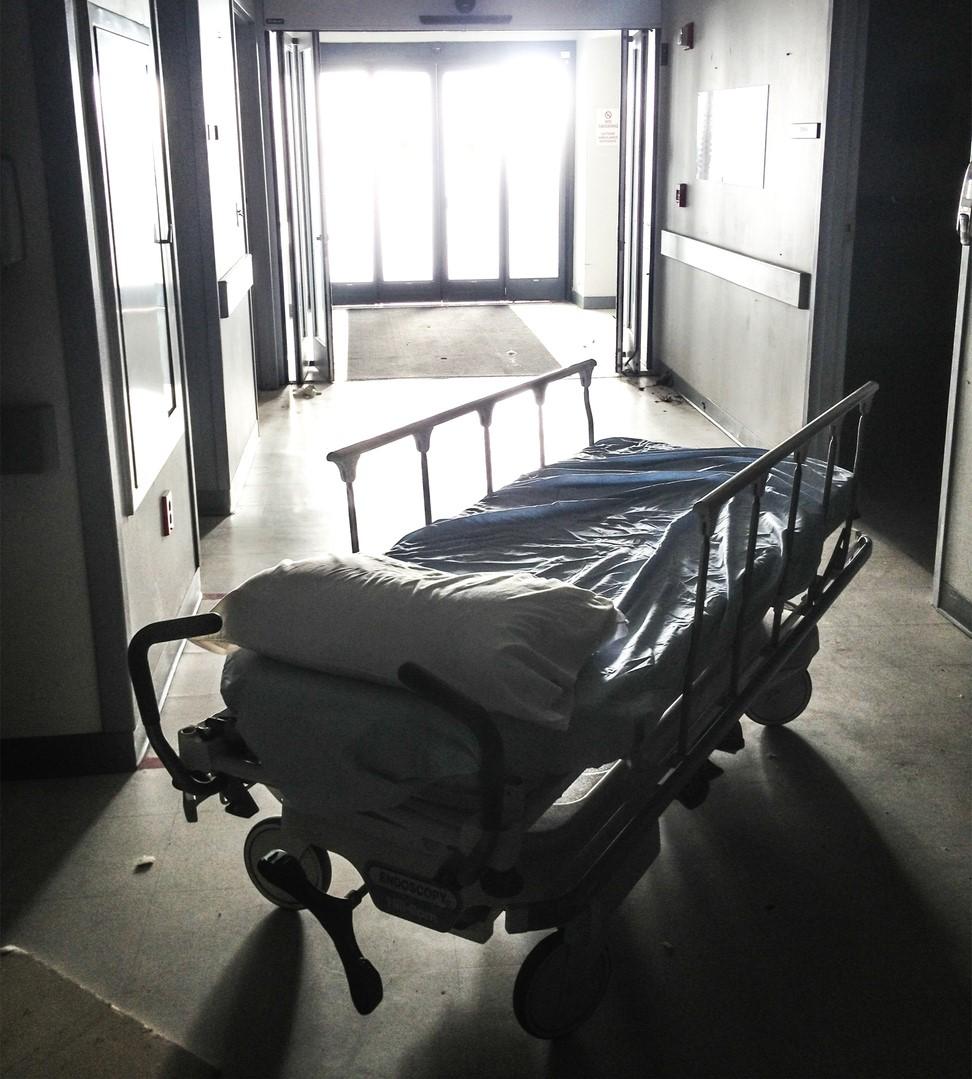Officials in Santa Clara County, California, announced last night that at least two deaths in early February can now be attributed to COVID-19.
Until now, the first US fatality from the pandemic coronavirus was assumed to be in the Seattle area on Feb 28, but postmortem testing on deaths from Feb 6 and Feb 17 now confirm that COVID-19 was spreading in the San Francisco Bay area weeks earlier than previously thought.
Both fatalities in Santa Clara County had no travel history, and likely acquired COVID-19 through community spread. Initially, Santa Clara officials had marked the first death from COVID-19 in their county on Mar 9, the San Francisco Chronicle reported.
In February, Santa Clara County became the first site of confirmed community spread of COVID-19 in the United States, which up until that point had reported only travel-related cases.
The new information on COVID-19 deaths suggests the virus had been spreading for at least 2 to 3 weeks in Santa Clara prior to early February. Even though cities and regions in California were some of the first in the country to shelter in place—by mid-March—those orders likely came 4 to 6 weeks after the virus was seeded in communities.
To date, California has 33,261 COVID-19 cases, including 1,268 fatalities. California has the fifth most US cases but has largely prevented the kind of widespread outbreaks seen in New York and Massachusetts.
In total, the country has tracked 822,239 cases and 41,683 deaths due to COVID-19, according to a dashboard maintained by the New York Times.
CDC head warns of worse second wave
Robert Redfield, MD, the director of the Centers for Disease Control and Prevention (CDC), warned yesterday that a late fall or early winter wave of COVID-19 could be even more deadly in the United States, as it would coincide with the flu season, which already puts a strains on hospitals.
In an interview with the Washington Post, Redfield said, "There's a possibility that the assault of the virus on our nation next winter will actually be even more difficult than the one we just went through."
Redfield said the 2009 H1N1 flu pandemic saw a spike in cases in the spring, followed by a bigger wave in the fall, as of course, did the 1918 flu pandemic. While COVID-19 is a coronavirus, and not an influenza strain, it may follow a similar pattern.
At the White House's coronavirus task force briefing yesterday, Deborah Birx, MD said she did not necessity agree with Redfield’s assessment, and said she expects the government to have early warning signs for future outbreaks of COVID-19 activity.
Also at the briefing yesterday, President Donald Trump offered more details on his plans to ban immigration in the wake of the pandemic. He said the nation will not be granting green cards for those seeking permanent residence in the United States for 60 days, and he said the ban is an effort to protect already vulnerable American jobs.
Southern states form coalition
A handful of Southern states led by republican governors, including Mississippi, Alabama, Georgia, Florida, South Carolina, and Tennessee, have been in communication about how states plan to reopen, according to Florida Governor Ron DeSantis.
The coalition comes despite some hesitation from local lawmakers and national health experts who have warned that plans to reopen are too risky at this time.
On CNBC, former Food and Drug Administration Commissioner Scott Gottlieb, MD, commented on Georgia's plan to reopen this week. "Gyms, nail salons, bowling alleys, hair salons, tattoo parlors," he said. "It feels like they collected a list of the businesses you know that were most risky and decided to open those first."
On Twitter, South Carolina Senator Lindsey Graham said he feared Georgia was moving too fast. "We respect Georgia's right to determine its own fate, but we are all in this together," he said. "What happens in Georgia will impact us in South Carolina."
Yesterday Georgia passed the 20,000 case mark, including 818 deaths, according to the Atlanta Journal-Constitution. More than half (52.6%) of all deaths occurred in black citizens, and 65.8% of those who died had a preexisting condition.
A new document released to National Public Radio yesterday shows the Department of Health and Human Services estimated in early April that more than 300,000 Americans could die from the coronavirus if all social distancing measures were abandoned.
The White House has called for a nationwide physical distancing campaign that is set to end on Apr 30, but many hard-hit states have already shuttered schools for the remaining school year and extended stay-at-home orders into May.




















